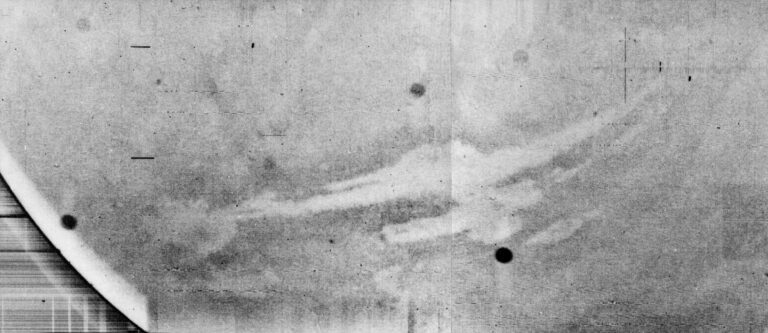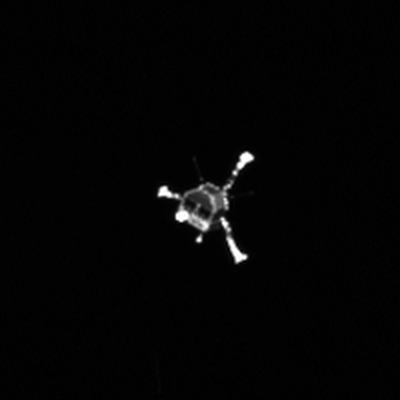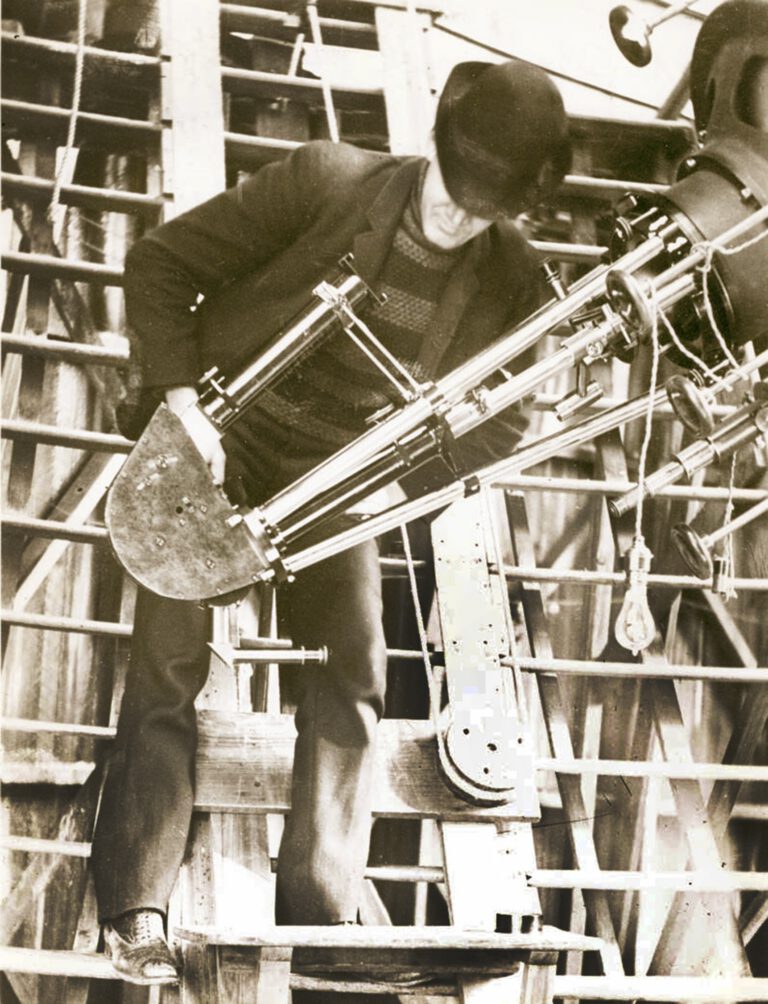
Key Takeaways:
- The Kepler Space Telescope, launched in 2009, successfully employed the transit method to search for exoplanets, ultimately observing over 500,000 stars and contributing to the discovery of almost 2,700 exoplanets.
- Following the completion of its primary mission in 2012, Kepler’s intended extended mission faced significant challenges due to the failure of two gyroscopes in 2012 and 2013, which severely limited the spacecraft's pointing control.
- Engineers devised an innovative workaround by utilizing the momentum of the Sun’s light pressure to maintain the spacecraft’s stable orientation, leading to the formal approval of the K2 extended mission in 2014.
- Kepler continued its operations for an additional four years under the K2 methodology before its retirement in October 2018, precipitated by fuel exhaustion, with the Transiting Exoplanet Survey Satellite (TESS) subsequently inheriting its exoplanet-hunting mandate.
The Kepler Space Telescope, launched March 6, 2009, was designed to search the Milky Way for exoplanets. Using the transit method, Kepler ultimately observed over 500,00 stars and contributed to the discovery of almost 2,700 exoplanets.
Though Kepler was originally intended for a 3.5-year mission, NASA announced on Nov. 14, 2012, that the space telescope had successfully completed its primary mission and would be embarking on an extended mission. When a second gyroscope (also referred to as a reaction wheel) failed in May 2013 – the first having failed in July 2012 – that mission was in question, however, as it left the spacecraft with limited control for pointing. But engineers were able to craft a workaround using the momentum of the Sun’s light pressure to keep Kepler evenly and steadily directed, and the extended mission using this methodology, dubbed K2, was formally approved in May 2014. Kepler continued to function for a further four years, and was retired in October 2018 when it ran out of fuel. TESS (the Transiting Exoplanet Survey Satellite) has since inherited its planet-hunting mantle.









